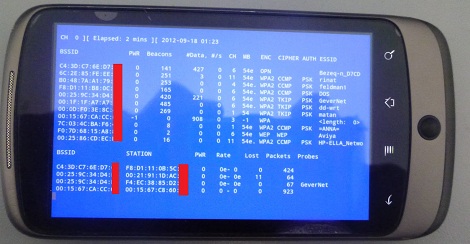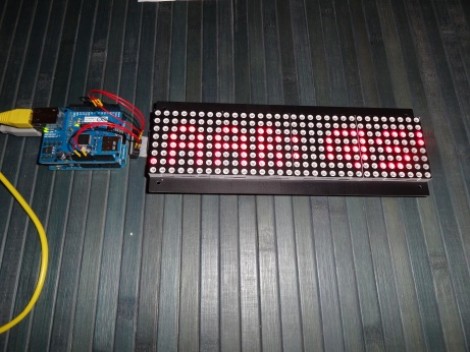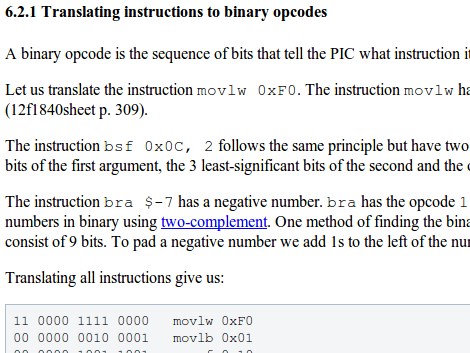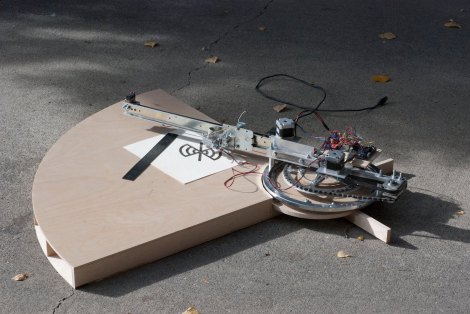![]()
The scale of this project is daunting. Each of the three white walls seen in the image above is made up of thousands of oblong square blocks. The blocks move independently and turn the room into an undulating 3D display.
If it had only been the demonstration video we might have run this as a “Real or Fake” post, but we’re certain this is real. Each pixel is made of what looks like a foam block mounted on a stepper-motor-driven linear actuator. So basically this must have set the world record for the CNC machine with the most axes. The motors make for very accurate and smooth motion, and the control software lets them draw shapes, words, animated objects, and the like. But the one side effects that we absolutely adore is the sound all of these motors make when running. After the break you can see a demo video and a ‘making of’ clip.
The installation is the work of the Jonpasang art collective and is installed as a Hyundai exhibit at an expo in Korea.
Continue reading “Thousands Of Physical Pixels Turn These Walls Into A Huge Display”
















